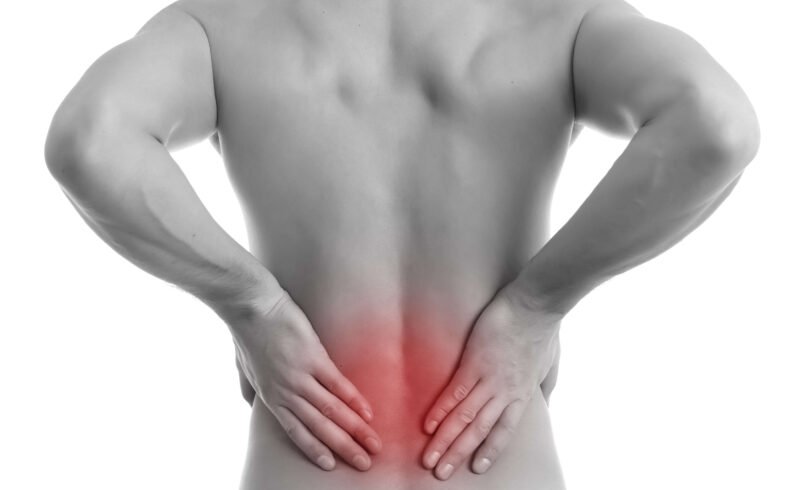Can TMJ Therapy Really Help Migraines?

Migraines are a debilitating condition characterized by severe, recurring headaches often accompanied by nausea, vomiting, and sensitivity to light and sound. Although it is not completely understood what actually causes migraines, there is a potential correlation between temporomandibular joint (TMJ) disorders and migraine headaches. If you’re having migraines in Ashburn, VA, come to Physical Therapy In Ashburn VA at State of Art Physical Therapy for specialized TMJ therapy that might relieve your symptoms.
Understanding TMJ and Its Relation to Migraines
The temporomandibular joint (TMJ) is a hinge that connects the lower jaw to the skull, enabling chewing, speaking or yawning, among others. When this joint has dysfunction or misalignment, then TMJ disorder occurs leading to pain, and jaw tension, among other symptoms.
Research has suggested that TMJ disorders could contribute to migraine headaches due to the closeness of the TMJ with various muscles, nerves, and blood vessels involved in migraines. The trigeminal nerve, which innervates mandibular muscles and is closely associated with TMJ, also plays an important role in migraine pathophysiology. Hence, when there is an abnormal position or operation on TMJ, it can bring irritability as well as tension within surrounding muscle structures, hence leading to migraines or even worsening them.
The Role of TMJ Therapy in Migraine Management
Reducing Muscle Tension and Jaw Misalignment
The aim of TMJ therapy is to deal with muscle tension, jaw misalignment, and related problems that may be causing migraines. For this purpose, physical therapists employ several techniques, which are as follows:
- Manual therapy: Soft tissue manipulation, release of trigger point and massaging can help muscles surrounding the jaw, neck, and shoulders to relax; thereby reducing the pressure on TMJ and trigeminal nerve. By so doing myofascial release or trigger point treatment can easily focus on a particular area of muscle tightness and relieve any compression on its surroundings.
- Joint mobilization: This gentle move or stretch may improve TMJ mobility and alignment by releasing pressure from surrounding structures. It may involve distraction and traction movement with glide mobilizations in order to bring about proper joint mechanics.
- Posture correction: Poor posture and ergonomic issues should also be considered because they play a role in minimizing strain on the neck and jaw muscles as well as reducing migraine triggers. Physical therapists might advise on sitting postures, etc.
Improving Jaw Function and Mechanics
The reason for TMJ therapy is to enhance the jaw’s mechanics and functioning. Physical therapists might recommend exercises that aid in strengthening the muscles involved in chewing, mouth opening, and closing. These exercises can help return the appropriate patterns of movement to the jaw as well as decrease strain on the TMJ and other structures around it.
Some of these may include stretching your jaws, using either a jaw exerciser or rubber bands for resistance exercise, and coordinated movements to make your jaws move at once. Physical therapists may also give advice concerning correct chewing techniques and practices intended to lessen tension on TMJ.
Pain Management
Physical therapists can also apply pain-relieving techniques to treat symptoms of migraine aside from addressing the root cause of TMJ disorders. Such include:
- Modalities: Heat or cold therapy, electrical stimulation, and ultrasound reduce inflammatory effects and temporal pain. Cold therapy is used for numbing pain, while heat therapy helps in muscle relaxation. Massage of muscles that stimulate blood flow and reduce muscle spasms is possible via electrical stimulation and ultrasound.
- Exercise: Certain exercises and stretching help improve blood circulation, reduce muscle tension and promote healing. These may consist of neck stretches, shoulder workouts as well as gentle jaw exercises to take pressure off surrounding muscles.
- Education: Physical therapists may advocate for changes in lifestyle, stress management techniques, and ergonomic adjustments to minimize migraine triggers. For instance, sleep hygiene recommendations, dietary changes, and relaxation methods could be suggested.
Interdisciplinary Approach
In certain instances, TMJ treatment could be combined with other management modalities for improved migraine control. Physical therapists can work with other medical professionals such as neurologists or dentists to have an all-inclusive plan for the individual.
For instance, a physical therapist may work in close connection with a dentist to address dental problems that might be contributing to TMJ problems such as bruxism and misaligned bite. In addition to that, they would consult with a neurologist so that drug use and other medical interventions are included in the major treatment plan.
Importance of Early Intervention
There are advantages of seeking TMJ therapy early by individuals who are experiencing migraines possibly related to TMJ disorders. Early diagnosis can help prevent the condition from progressing further, thus reducing the need for invasive treatments. Moreover, promptly addressing TMJ problems can help minimize the frequency and severity of migraines while also preventing chronic pain and other complications.
Conclusion
TMJ Therapy in Ashburn, VA, can be an effective approach for managing migraines that may be linked to TMJ disorders. By addressing muscle tension, jaw misalignment, and related issues, physical therapists can potentially reduce the strain on the trigeminal nerve and associated structures, alleviating migraine symptoms. If you’re experiencing migraines in Ashburn, VA, consider reaching out to State of Art Physical Therapy for specialized TMJ therapy and personalized migraine management strategies.




